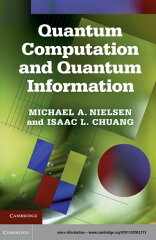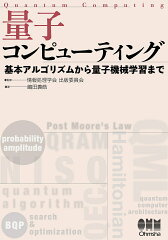Blood circulation disorder refers to a state in which blood flow in an organ or tissue is abnormal. Causes of ischemia include thrombosis and arteriosclerosis. When the blood is cut off, the tissue dies. When this change occurs in the coronary arteries of the heart, it results in a myocardial infarction.
Bleeding is divided into capillaries, arteries, and veins. A hematoma is a localized accumulation of blood that has bleed. Intravascular thrombus formation occurs due to factors such as abnormalities in the vessel wall, blood thickening, and changes in clotting factors.
health and disease
Article 25 of the Constitution stipulates that the state must strive to improve and promote social welfare, social security and public health in all aspects of life.
Medically, a disease is defined as a state in which the physical or mental state deviates from an organically or functionally healthy state, and the deviation is subjectively or objectively recognized. there is
For medical information managers who handle ICDs, understanding the causes and conditions of diseases is the basic knowledge for more accurate coding work.
Development of congenital diseases
Congenital disorders include gastrointestinal malformations, sensory, neurological, circulatory, or blood abnormalities such as hereditary spherocytosis, endocrine abnormalities, organ dysfunction, and immune abnormalities.























